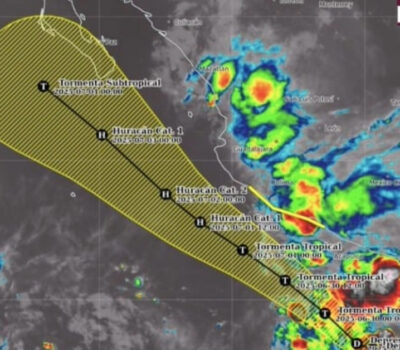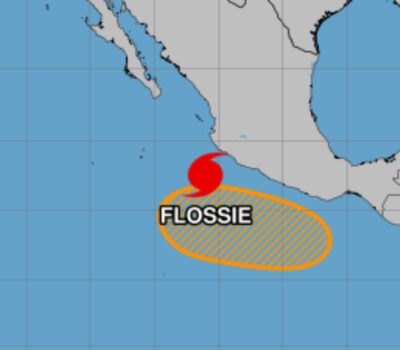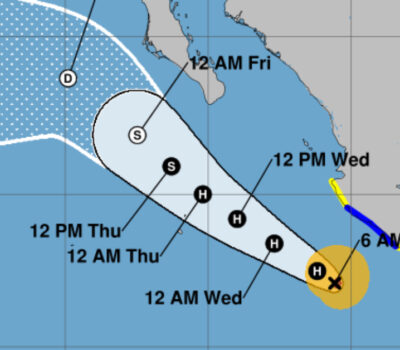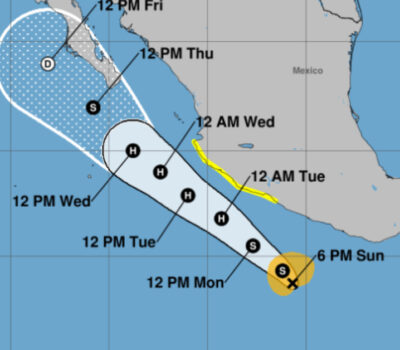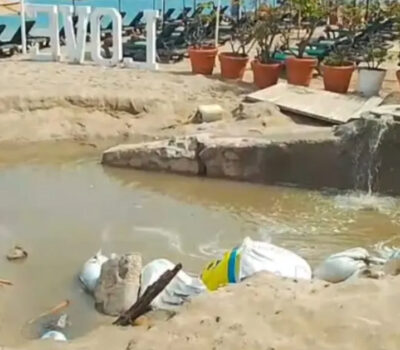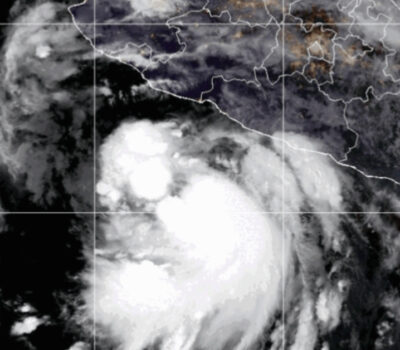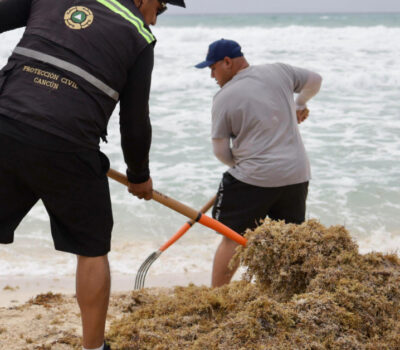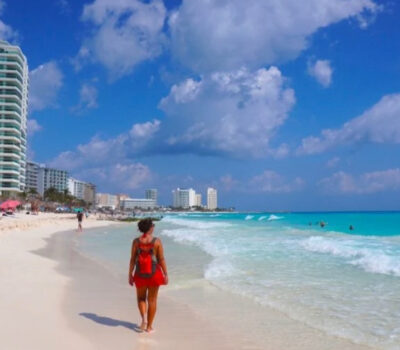Dear Reader,
In my monthly column, Intelligent Movement Forever, I will be sharing some cutting edge information and ideas about human movement with the goal of helping you to move better and more often so that you can reap the healthy benefits of intelligent movement. I strongly believe that, armed with information, motivation, and an intelligent movement lifestyle, you and I can reverse injuries, aging, and certain diseases. Listo? Vámanos!
This first column is inspired and informed by Katy Bowman’s new book, Move Your DNA. Katy turns traditional beliefs about fitness and good health upside down. She studies the biomechanics of human movement and translates her findings into terms that we laymen can understand. Her research indicates that “modern” humans are suffering from our natural tendency to do as little as possible. Even those who exercise regularly are not spared.
We all live in small comfortable “cages” of minimal movement, like animals confined in a Many of our modern health issues, including, but not limited to, coronary heart disease, metabolic disorders, certain cancers, osteoarthritis, osteoporosis, allergies, depression, obesity, hypertension, asthma, and gout, are linked to a natural tendency to do as little as possible. Decrease in movement is also associated with decreases in muscle size (atrophy), vascularization (capillaries), sensitivity in our proprioceptive system, and bone mass.
In short, the human body is starving for the varied, frequent, whole-body movement patterns of the hunter-gatherer communities of yester year and the bulk of the scientific medical fitness community has dropped the ball by failing to recognize and address this important missing piece of good health and healthy living.
Movement Feeds Our DNA
Our DNA, which resides within our cells, needs to be fed by movement as much as it needs to be fed by healthy food. This information is likely to be relevant, if not revolutionary, to your lives and lifestyles, dear Puerto Vallarta readers. Ask yourself: Do I live in Puerto Vallarta because it allows me to slow down and move less? Relaxing in the tropics can be a good thing, but relaxing into a sedentary lifestyle in the tropics may be detrimental to the quality and longevity of your life.
Movement is not optional for you and me. Our cells need to be loaded (moved) in order to be healthy. If we don’t move, our cells don’t get fed. If our cells don’t get fed, they die. Katy describes the biomechanics and benefits of loading the cells in detail. Please pick up a copy of her book, Move Your DNA, available at and read it if you want to jump into the deep end of the pool on this subject.
Simply put, we, as homo sapiens, are meant to move in the way that we did as hunter-gatherers thousands of years ago. Today we need to find ways to move that can copy or imitate those paleo movement patterns. We need to rethink our “need” to be comfortable or stylish in chairs, sofas, pillows, and shoes, and other things that support non-movement patterns and faulty structural support, because they can be the source of many injuries and dis-eases. Cuidado! Our lack of movement is slowly suffocating us on a cellular level. Read on. Continua leyando.
Exercise v. Movement
Katy says we can start to radically improve our health by getting rid of the idea that movement is exercise. Exercise is movement, but movement is more than exercise. The movement that the human body needs for good health goes far beyond the weekly exercise class or running on the beach. Specialized movement, like bicycling or running or Crossfit or even a weekly Yoga or Pilates class, only feeds the cells of the muscles that you are using in that specific movement. It fails in variety. In fact, heavy use of your body in one particular pattern makes some tissues strong and leaves other tissues weaker, which can, of itself, lead to injury. The frequent consumption of varied movement is what our cells need most. Please do not let this information discourage you, dear reader. Let it give you the motivation you need to look at and gradually change your sedentary-to-moving ratio.
The amount of time that most of us allocate to what we call “exercise” is very small compared to the amount of time we are capable of moving our bodies, which is a hundred percent of the time. Going for a one-mile walk to strengthen your legs, burn some calories, and stretch your muscles is an example of exercise. Walking a mile to the store to pick something up for dinner is an example of movement. At this time, exercisers represent the movers in our culture, but looking more closely, we can see that exercisers themselves are sedentary most of the day when compared to hunter-gathering populations.
Katy’s book is an invitation for movers and non-movers alike to get outside the exercise box and look again at the frequency, variation, and quality of our everyday movement.
Walking, the New Superfood
An easy first step to a movement-based lifestyle is to start walking more and walking better. Walking uses a greater number of muscles (when done naturally) than most other activities, which means taking yourself for a walk is like taking your cells out to eat. This is an easy prescription for we who live in beautiful Puerto Vallarta, where walking is so readily available. If tropical heat is your issue, try walking early or late in the day, when temperatures are cooler. Here are some tips to make walking work for you and your cellular health.
Walk with Good Alignment
Walking is often touted as one of the easiest and safest kinds of exercise a human can do. But most people walk so inefficiently that their very gait pattern is contributing to their spine, knee, or bone problems. Don’t let this deter you from walking. But if you can make a few adjustments toward good alignment, you can change the way you walk and move so that you use more muscle, stabilize more joints, and create the necessary forces to deliver the oxygen and mechanical stimulation your cells need. Another of my movement heroes, Jill Miller, says it this way in her new book, The Roll Model: A Step-by-Step Guide to Erase Pain, Improve Mobility, and Live Better in Your Body.“… If you do not exercise with good postural alignment, you will actually degrade the structures you’re trying to improve.” Stayed tune for more about Jill Miller in future columns.
Human alignment serves the same kind of purpose as car-wheel alignment. Good wheel alignment allows the individual parts of the vehicle the freedom to create the intended movements of the driver without causing damage to the vehicle. When wheel alignment is “off”, the behavior of one wheel can result in premature wear to itself or cause damage to the vehicle elsewhere. Your body works the same way, responding to chronic misalignment with premature and unnecessary wear and tear.
Before you walk, or as you walk, (1) line up the feet so they look more like the tires on your car when you are driving forward; (2) try to keep the position of your pelvis even and neutral, neither tilted forward nor backward; (3) drop your ribcage so that the lowest, most forward bony protrusion of your ribs is stacked vertically over the highest bony protrusions on the front of the pelvis, (4) keep the thumbs facing forward and swing your arms if that seems natural. These tips will get you started and we will talk more about good postural alignment in future columns.
Vary Distance, Frequency, Surface and Grade
How often and how long should you walk? Here variation and frequency is key. Walking 3 miles each morning is good, but it is less beneficial than shorter walks through the day, which feeds the cells smaller amounts of movement (loaded) throughout the day. A walking program that includes both very long and very short works, will also increase the cellular benefits. Short walks can be created by parking at the far end of the parking lot or a few blocks away from your destination. When moving is your object, parking is never a problem!
We modern humans spent most of our time walking over artificially level, flat surfaces, which creates a repetitive environment for the foot. This means that our beautifully complex feet, ankles, knees, and hips are prevented from moving fully. As you choose your walking program, remember that the more the foot can move and deform over a surface, the less the ankle is forced to do the work of the foot. The more ups and downs in your walking surface, the more variation in ankle, knee, and hip use, pelvic positioning, the greater variance in muscles used throughout the body.
The terrain that you are walking on will vary by grade (uphill, downhill, in between) and by surface (rough, slippery, bumpy, rocky, etc). Every unique combination of grade and surface results in a particular physical stimulation to your DNA. The single, repetitive pattern of walking in a mall or even taking the same walk every day, same distance, same terrain, should be thought of as a repetitive-stress injury, too much of a good thing.
The good news for those of us who live in Puerto Vallarta is that we live in an environment where the terrain and surface for walking is variable. The sidewalks here are uneven and allow and even require walkers to step up and step down and step down and step up. We are often able to walk on cobblestones and even the cobblestones vary! See discussion below regarding walking on Puerto Vallarta cobblestones in minimal shoes or with barefeet.
Wear Minimal Footwear
Most of us wear shoes all day long and those shoes usually have a heel, sometimes a very high heel and sometimes a very low on. Even “flats” and tennis shoes have a rise in the heel. Anytime the shoes you are wearing have a heel, your ankle stays slightly plantarflexed (with toes pointed). If you wear flip-flop or slide-on shoes, your foot is required to grip to keep them on your foot, creating bent, fused toe joints. Years of wearing shoes has left all of us with significant atrophies in the muscles of the toes and the muscles between the bones of the foot (which are the arch-shapers) as well as a (semi-) permanent shortening of the Achilles’ tendon and calf muscle group. The interaction between the foot and footwear is so complex, Katy has written an entire book on the subject: Every Woman’s Guide to Healthy Feet (2011).
We are blessed by the many opportunities for walking on uneven and changing surfaces in Puerto Vallarta. You can buy a cobblestone mat if you want to but, in Puerto Vallarta, you don’t have too. Find and walk on the many cobblestone walks here. Walking on cobblestones a few times daily with barefeet (preferred) or minimal shoes (to protect from debri) provides stimulation to the foot musculature that in turn adapts by becoming stronger and better able to handle these forces for longer periods of time. I try to walk in barefeet or minimal shoes on the various cobblestones and other stones on the sidewalks of Puerto Vallarta and I can feel the stimulation to and improvement in my foot muscles. However, if you are inspired to try this, transition gradually with brief walks and minimal shoes before you move to a barefoot experience.
There are many corrective movements for feet and ankles, including foot bone mobilization with Yoga Tune Up® Therapy Balls, that are delicious and effective, and helpful to cobblestone and other walking. I will discuss and describe them in a future column. Stay tuned!
Summing Up
I hope the information I have shared with you in this column will help you see movement from a new perspective and inspire you to move as much as you can as often as you can and in as many different ways as you can. Begin by walking with good alignment with a variety of surfaces and grades. Examine the shoes you are wearing. Do they have a rise that creates a repetitive stress injury in your feet and ankles? Can you shop for a minimal shoe instead? Or start spending some time walking in bare feet?
Remember, walking is a superfood for your cells. And it is available in many flavors in Puerto Vallarta. Take advantage of this, do your homework, and check in with me next month for more information and inspiration on how to move more and move better. Your life, your good health, and your longevity may depend on it.
Wishing You Intelligent Movement Forever,
Via
Next Column: Dec. 1, 2014
copyright: Via Anderson 2014
[email protected]
www.viayoga.us
Dear Reader,
In my monthly column, Intelligent Movement Forever, I will be sharing some cutting edge information and ideas about human movement with the goal . . .

